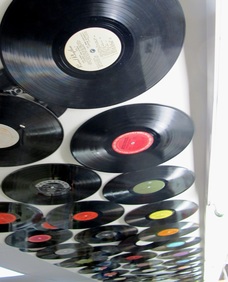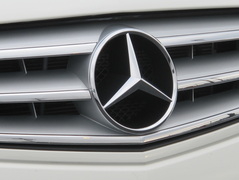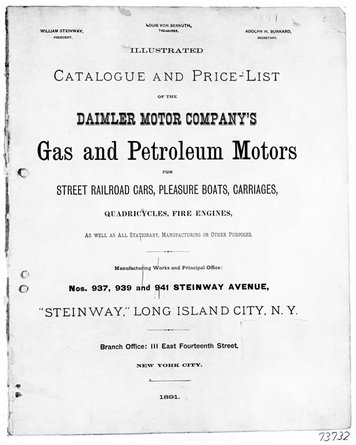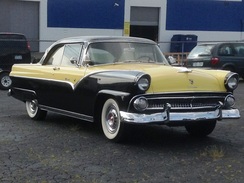 - Image © by Brian E. Faulkner -
- Image © by Brian E. Faulkner - Three kinds of buyers appear responsible for the rise in vinyl record sales these days:
- purists, people who love the more open, warm sound vinyl reproduction provides;
- young people, for whom vinyl records are a new, more tactile way to listen to indie bands while discovering the music of previous generations (my 29-year-old daughter has been rummaging around for vinyl albums since she was a teenager);
- and older folks, for whom vinyl not only is a trip down memory lane but an opportunity to reacquaint themselves with all the music waiting in those old boxes of LPs in the basement.
So it’s no surprise that sales of classic artists like The Beatles and Bob Dylan have been selling well on vinyl – helping drive category sales up 15% during the first three months of 2015, while accounting for only about 2% of total album sales. Top sellers for 2014 were a mix of classic and new artists: Jack White (who has set some vinyl sales records), Arctic Monkeys, Beck, The Beatles’ Abbey Road, Bob Marley’s Legend compilation album from 1984 and a notable young singer/songwriter from New Zealand who calls herself Lorde – among others.
The times they are a-changin’ warbled Dylan back in 1964, and sometimes the times catch us by surprise, especially when a format like LP or 45 rpm records re-emerge from yesteryear to delight us with their new-found authenticity.
You’d think this resurgence of “old as new” products is mostly about nostalgia, a word from Greek that essentially means an ache for home, and you’d mostly be right. During times of geopolitical turmoil or unsettling societal change, yearning for “the good ol’ days” is common, although we don’t often reach out for nostalgic cues from much further back than our childhoods – which is why toys (and classic cars) from the '50s and '60s can command big Boomer bucks these days.
Heard a bit of conversation on NPR‘s Morning Edition today where a guest was talking about how people are using notebooks or notepads more often in solo gathering spots like Starbucks. I recall one person saying that he uses his laptop or tablet for school stuff, not for writing more thoughtful, reflective things like poetry. If I’m chewing on some ideas, I’d much rather use a notepad than a computer, although writing blog posts come easily on my laptop. But if I were taking notes in a class, I’d go for pencil and paper every time. It’s more fluid, more intuitive – at least for me. Taking notes on a computer requires you to interact with the technology more than you’d do with pen or pencil.
If nostalgia is about recapturing the feeling one had during a simpler, less complex, less technologically saturated and more thoughtful time – personally or as a people, it’s easy to see why vinyl records are enjoying a renaissance.
And even the old ones sound so good, despite all the crackles and pops that can leap out of the grooves along with the music. But you don’t mind the noise, do you? Because they’re your crackles and pops. You put them there back in the ‘50s, ‘60s, ‘70s and ‘80s when you were just coming up.
Now that’s a memory! And memories are marketable.
TakeAway: Your next new product may be something old -- who knows, maybe formal hats will make a comeback!
Content © by Brian E. Faulkner






 RSS Feed
RSS Feed